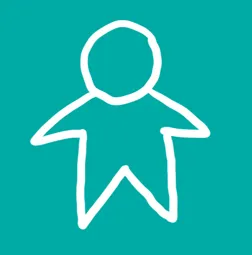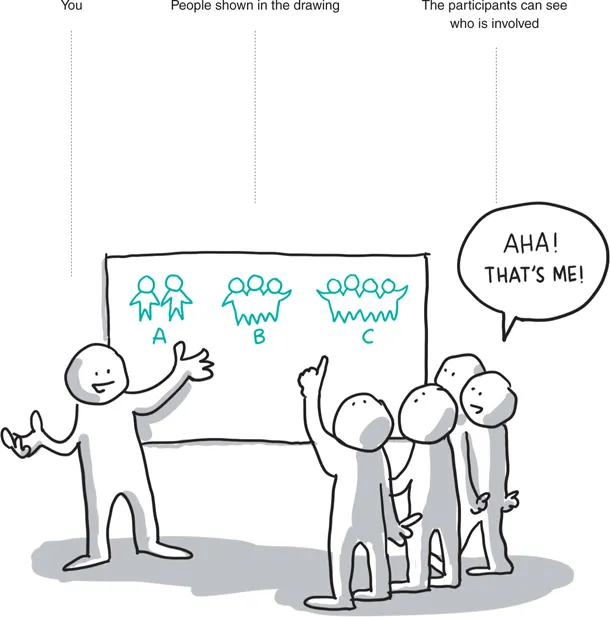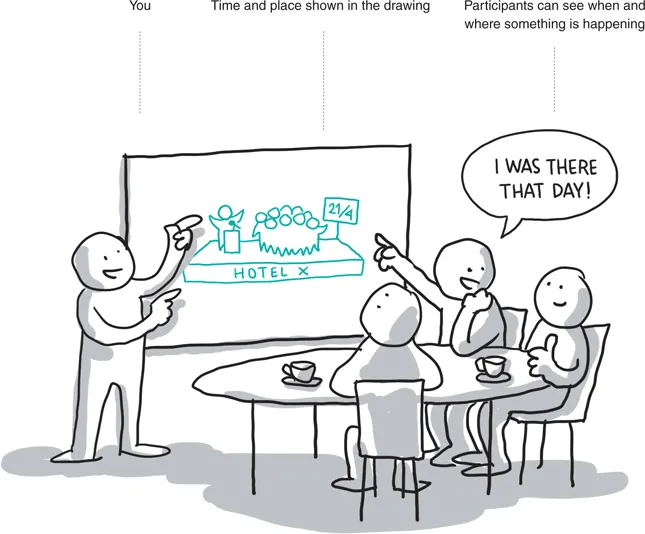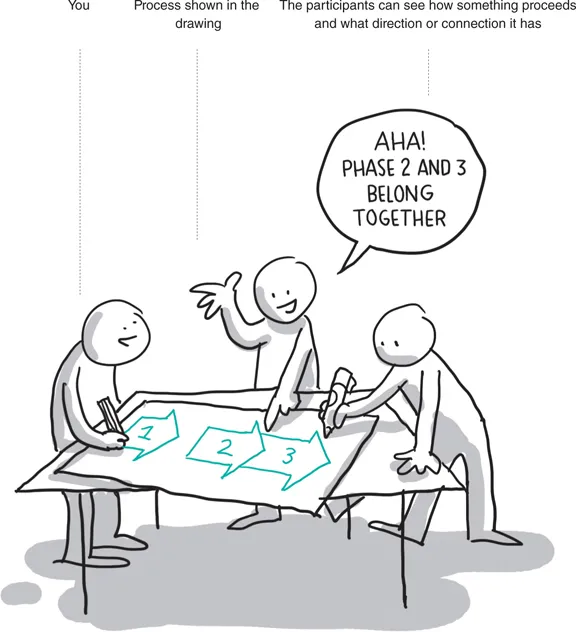
Visual Collaboration
A Powerful Toolkit for Improving Meetings, Projects, and Processes
- English
- ePUB (mobile friendly)
- Available on iOS & Android
Visual Collaboration
A Powerful Toolkit for Improving Meetings, Projects, and Processes
About This Book
Have you ever felt stuck with methods, tools and skills that do not match the increasing complexity you are part of? Would you like to work in new ways that strengthen thinking, communication and collaboration?
Visual Collaboration introduces a new and innovative way of working and collaborating that will help you successfully manage complexity for yourself, your team, and your entire organization.
The method of this book unlocks any teams ability to collaborate in complex projects and processes. By using a systematic and proven approach to drawing and visualizing.
Visual Collaboration is a unique visual business book that will enable you to develop visual languages to fit any scenario, create engaging and powerful questions to assist your visual process design and turn a white canvas into a visual template that can improve any meeting, project, or process.
The core of the book - a practical and easy-to-follow method - THE FIVE BUILDING BLOCKS will most likely become your preferred way of working. The method is supported by plentiful examples, 4-color drawing, chapter summaries, and clearly defined learning objectives. Enjoyable and powerful, this book will help you:
- Use visualization as a tool to explore opportunities and challenges
- Translate complex concepts into easy-to-understand actions
- Engage employees and team members with effective strategic processes
- Incorporate drawing into your strategic organizational toolbox to strengthen communication and collaboration
- Develop and apply powerful visual literacy skills
The authors, internationally-recognized experts in strategy communication and visual facilitation, have helped incorporate visual collaboration into more than 500 organizations such as LEGO, IKEA, the Red Cross, the United Nations, and many others. This book is the must-have resource for you to follow their example.
Frequently asked questions
1.
Discover your visual language


The Seven Elements™


1. People



2. Places



3. Processes



4. Speech
Table of contents
- Cover
- Title Page
- Copyright
- Welcome to Visual Collaboration
- Introduction
- 1. Discover your visual language
- 2. Design your collaboration process
- 3. Define key questions
- 4. Create engaging templates
- 5. Prepare to scale
- 6. Enable Group Learning
- 7. Map your skills
- 8. Activate your resources
- 9. Do's and dont's
- Appendix
- Acknowledgments
- Index
- WILEY END USER LICENSE AGREEMENT